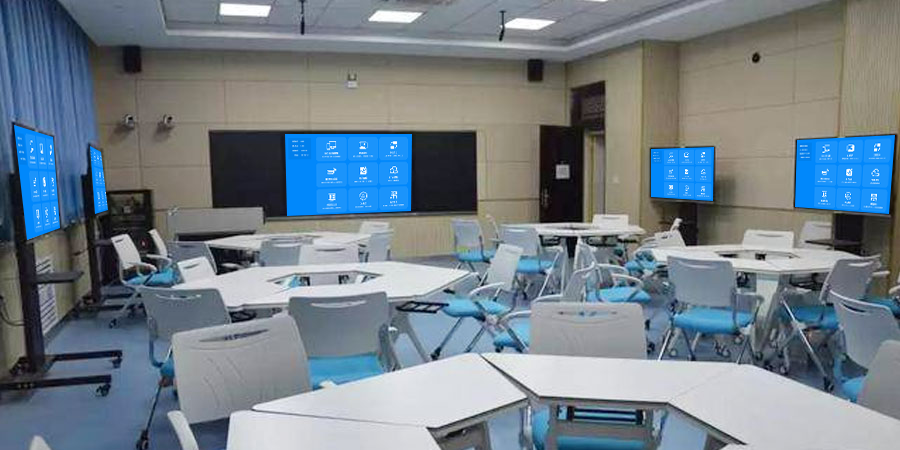Building an Efficient Interactive Classroom: The Revolutionary Application of Wireless Screen Mirroring Technology
The traditional “blackboard + chalk” classroom is being reshaped by the digital wave. Among them, wireless screen mirroring technology plays a key role as one of the core technologies for building efficient and immersive interactive classrooms. This article explores how wireless screen mirroring brings classrooms to life.
How Does Wireless Screen Mirroring Empower Interactive Classrooms?
- Instant display of students’ screens: Teachers can instantly cast homework and problem-solving ideas from students’ tablets or phones to the interactive teaching display with one click, enabling comparative explanation and comments to stimulate students’ sense of participation.
- Teachers’ mobile teaching: Teachers are no longer tied to the podium computer. Holding a tablet, they can control courseware and annotate key points anywhere in the classroom through phone/tablet screen mirroring technology, interacting closely with students.
- Sharing of group collaboration results: After group discussions, each group can quickly cast their mind maps and design plans to the large screen for sharing and competition, improving classroom efficiency.
Screen Mirroring Solutions for Building Interactive Classrooms
- Software solution: Deploy professional teaching screen mirroring software within the classroom local area network. Teachers and students can access rich multi-screen collaboration functions such as screen broadcasting and file distribution by installing clients.
- Hardware solution: Use a professional screen mirroring adapter plugged into the HDMI interface of the interactive display. Its advantages include stability, strong compatibility, no restriction by computer systems, and plug-and-play functionality.
Notes for Screen Mirroring in Interactive Classrooms
- Network stability: A high-speed and stable dedicated Wi-Fi network must be deployed to avoid screen mirroring stutters that affect teaching rhythm.
- Management functions: Excellent solutions should have teacher-side management features such as one-click screen locking and unified settings to ensure classroom order.
- Device compatibility: The solution must be compatible with devices running different operating systems (iOS, Android, Windows) to ensure fairness.
Through wireless screen mirroring technology, classrooms have shifted from “teacher-centered” to “teacher-student interaction as the core,” truly building an efficient, fair, and interesting interactive classroom environment.
